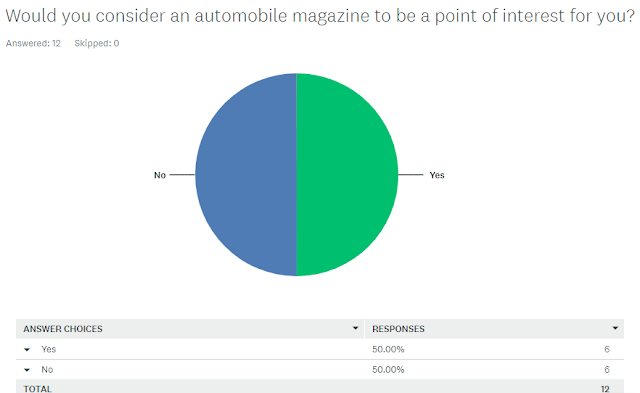The Single Vehicle Cover Ideas
Purpose of Cover Ideas: In my blogs, I intend to conduct a very thorough analysis of my thought process which is why I go back and forth between ideas and concepts. This is also the reason why I dedicate an entire post to one specific set of ideas, but it truly does help my thought process. It is now time to analyze my three options of car magazine covers in order to begin creating my magazine cover. After I view ideas of each of these three options of magazine covers, I will take pictures of each option in order to see which I like best and I will create a sample cover using that image. Single Vehicle Cover: Analysis: These Magazine covers for the "Single Vehicle Cover" ideas were excellent. They truly help me get a grasp for the concept, versatility, and creativity that is tied along with this kind of cover. As a matter of fact, I have learned new ideas that could be incorporated that I had not thought of before. For example, the third magaz...
